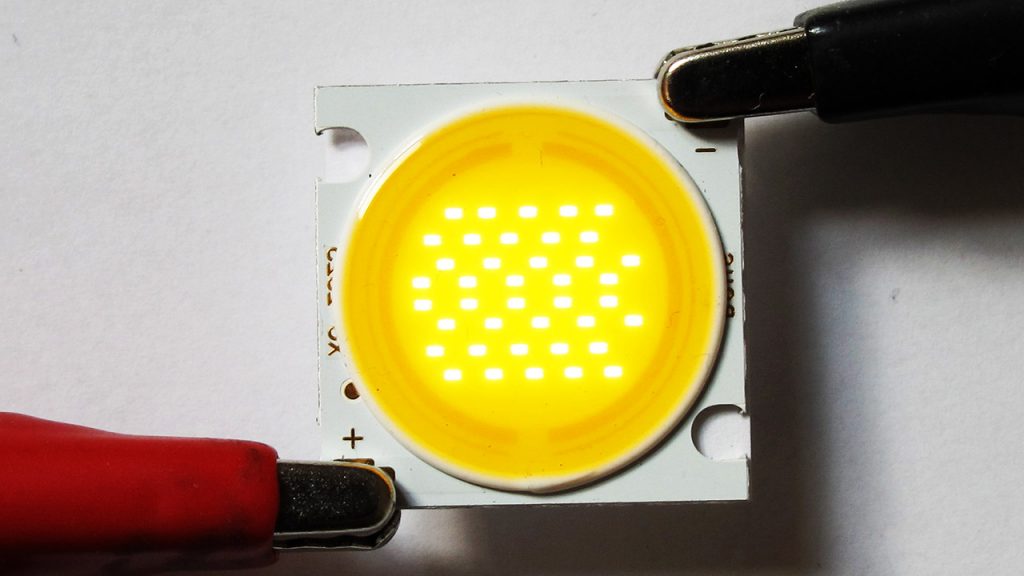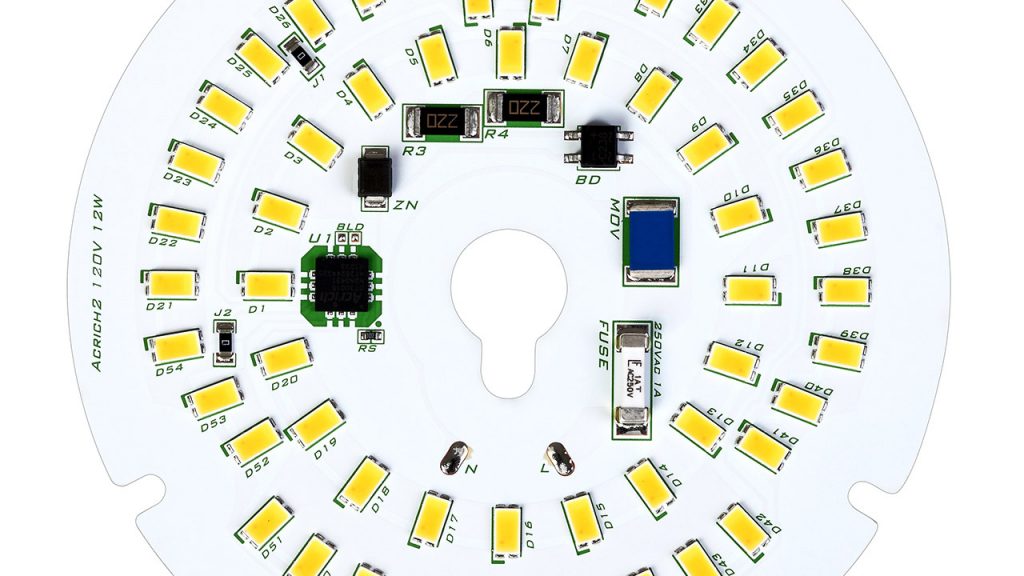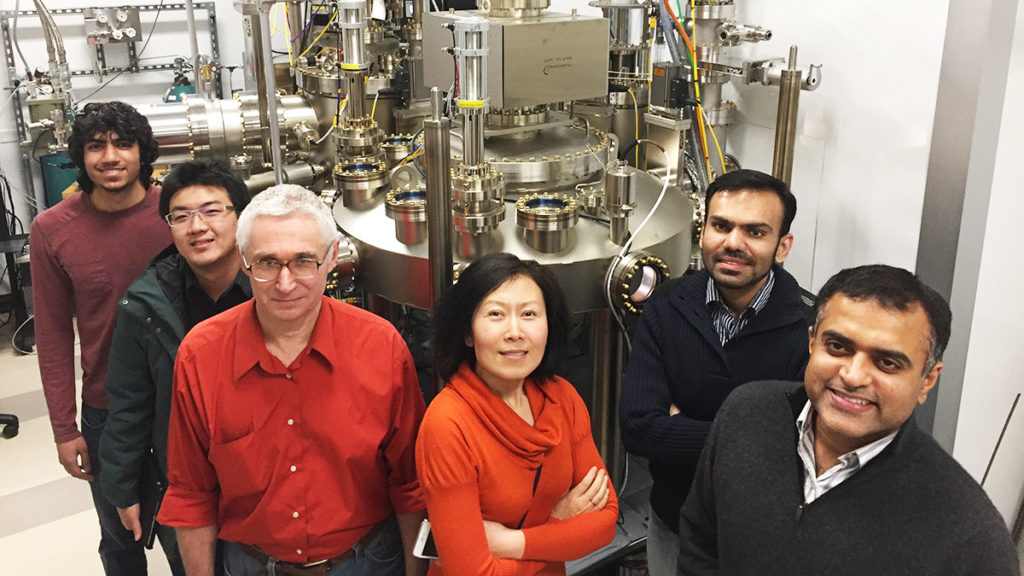LEDs Developed with Fluorescent Protein Are Less Costly
Although LEDs have now become popular and their applications are increasing, white LEDs still need some improvement. Moreover, manufacturing white LEDs is quite complicated. Researchers at University of Erlangen (FAU) have developed a new and unique method of manufacturing LEDs. They have made LEDs partly with fluorescent proteins.

Although LEDs have now become popular and their applications are increasing, white LEDs still need some improvement. Moreover, manufacturing white LEDs is quite complicated.
Researchers at University of Erlangen (FAU) have developed a new and unique method of manufacturing LEDs. They have made LEDs partly with fluorescent proteins.
Researchers are making efforts to manufacture white LEDs in two ways.
In the first method, thin layers of inorganic materials such as phosphorous or rare earth elements are applied to a blue LED. This makes the LEDs strong have a long lifetime. They also emit light with optimum strength. However, this method of manufacturing is very complex as rare earth elements are used. This method of developing white LEDs is very costly.
The second way of making white LEDs is to use organic LEDs in which several organic semiconductor layers are sandwiched between two electrodes. These LEDs have lower performance level and shorter lifetime than their inorganic counterparts.
Researchers are, therefore, trying to find an optimum solution. They are making efforts to combine both the methods.
FAU researchers have been successful in combining both the methods. They used fluorescent proteins that are embedded in a rubber-like material and applied them to an LED.
Dr. Rubén D. Costa from FAU‘s Cluster of Excellence, Engineering of Advanced Materials (EAM) and his colleague Prof. Dr. Uwe Sonnewald from the FAU Emerging Fields Project “Synthetic Biology” collaborated on the research.
“Fluorescent proteins combine the desired elements. They are environmentally friendly and inexpensive to manufacture. In addition, the proteins allow the colour setting – either coloured or white – to be controlled easily.” explained Dr. Rubén D. Costa from the Division of Physical Chemistry I.
However, there is one snag: the proteins are only stable in an aqueous buffer solution, meaning that it is not possible to use standard coating procedures.
As a result, they developed a new coating technique. They embedded the proteins in a gel that consisted of a concentrated aqueous protein solution and a polymer compound. The polymers bind the aqueous protein solution to make a gel-like network while ensuring that the necessary moisture is retained. The gel is then vacuum dried, turning it into a rubber-like material that is suitable for multilayer coating of LEDs and protects the proteins from external influences.
“With our method we have managed to create long-lasting and efficient white LEDs using an environmentally friendly and inexpensive manufacturing process. This is a pioneering method for future generations of LEDs,” Dr. Costa explained.
BizLED Magazine





